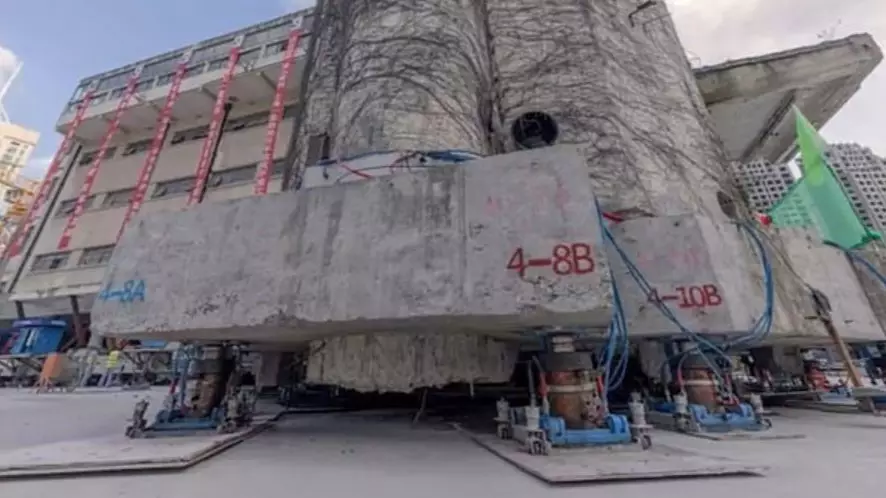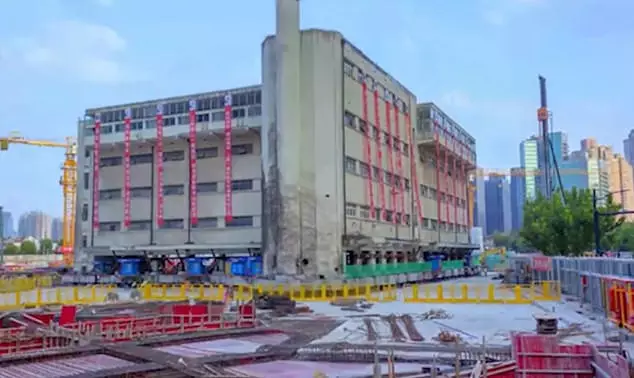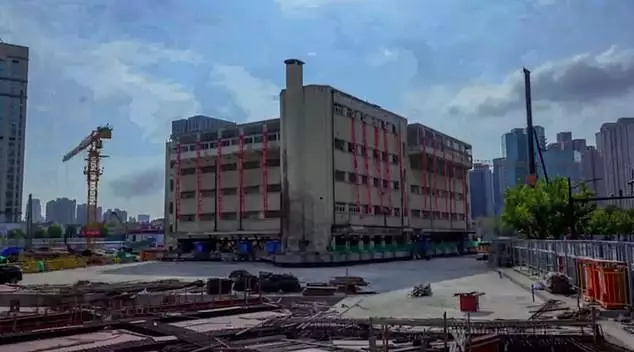
A primary school in China has 'walked' on mechanical legs to a new location in a bid to preserve the 85-year-old structure. You can see it being done here:
The school, which was built in 1935, was moved using technology called the 'walking machine' - it's easy to see why it's given that name, as the building almost glides across the ground.
Advert
To complete the impressive feat, engineers attached 198 mechanical 'legs' to the underneath of the structure. This in turn made it possible to walk the 203ft to its new location in Shanghai.
Lan Wuji, chief technical supervisor of the project, told CNN how the robotic legs are split into two groups which rise up and down alternately to imitate the human stride.
Lan's company, Shanghai Evolution Shift, developed this technology back in 2018 and he added: "It's like giving the building crutches so it can stand up and then walk." Nice.

In a statement from the Huangpu district government, the Lagena Primary School was constructed by the municipal board of Shanghai's former French Concession. It was moved in order to make space for a new commercial and office complex, which will be completed by 2023.
Advert
In the early 2000s, Chinese cities had long-term plans drawn up to preserve what was left of historic sites. This included a near-ruined temple in Beijing being transformed into a restaurant and gallery.
In Nanjing, a cinema from the '30s was restored to its original form with some modernisations. Lan Wuji explained: "Relocation is not the first choice, but better than demolition. I'd rather not touch the historical buildings at all."

In total, this move took 18 days and the building was rotated 21 degrees. Workers initially had to dig around the structure to install the 'legs'. After the pillars were cut the legs were extended upwards, lifting the building from the ground to move it.
Advert
The local government explained that this is the first time this method has been used in Shanghai to relocate a historic building.
CNN reported that the building - which weighs 7,600 tons - will now become a centre for heritage protection and cultural education.
Lan told the publication that he couldn't share the exact cost of the project, and that relocation costs will differ case by case.
"It can't be used as a reference, because we have to preserve the historical building no matter what," he said. "But in general, it's cheaper than demolishing and then rebuilding something in a new location."
Featured Image Credit: Shanghai Evolution Shift